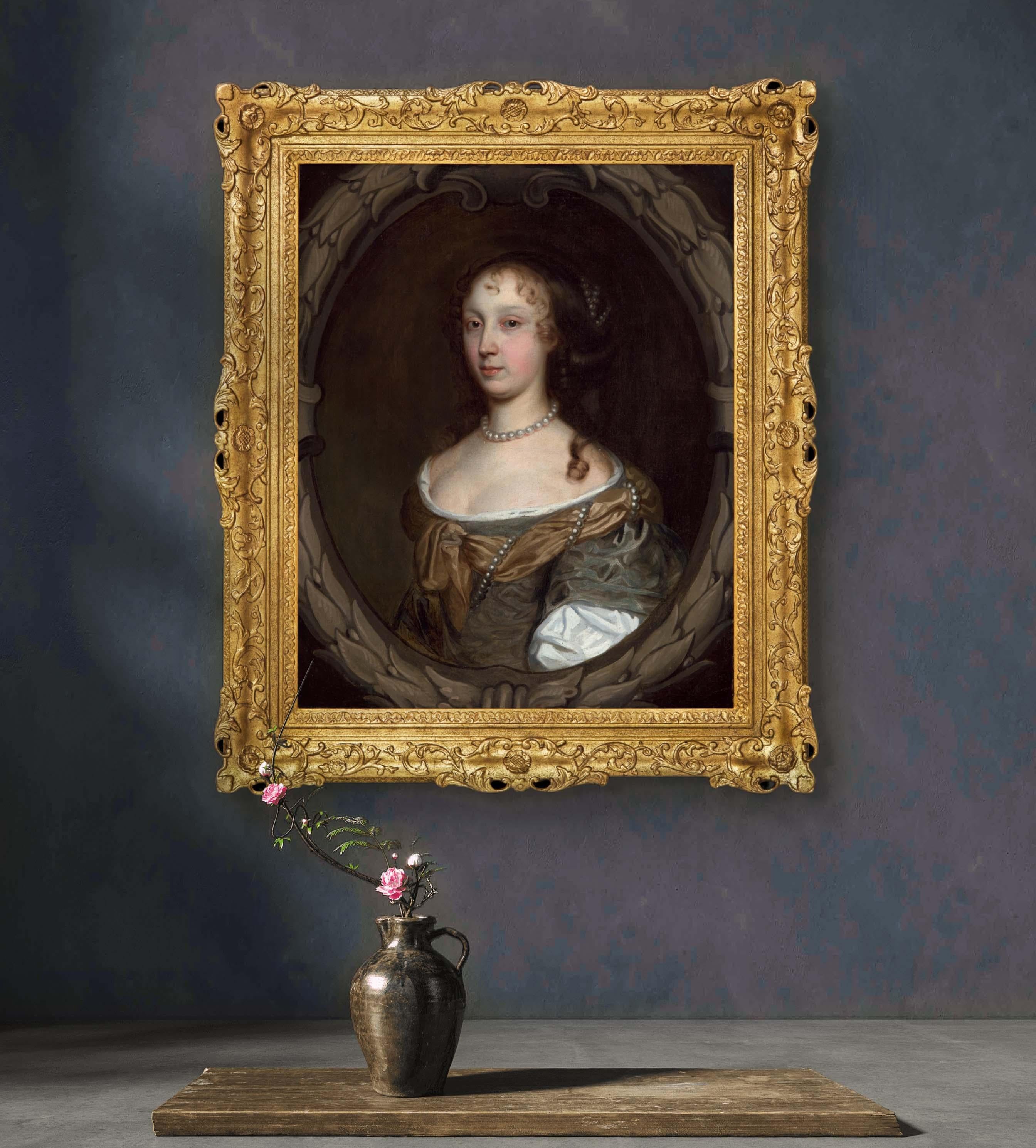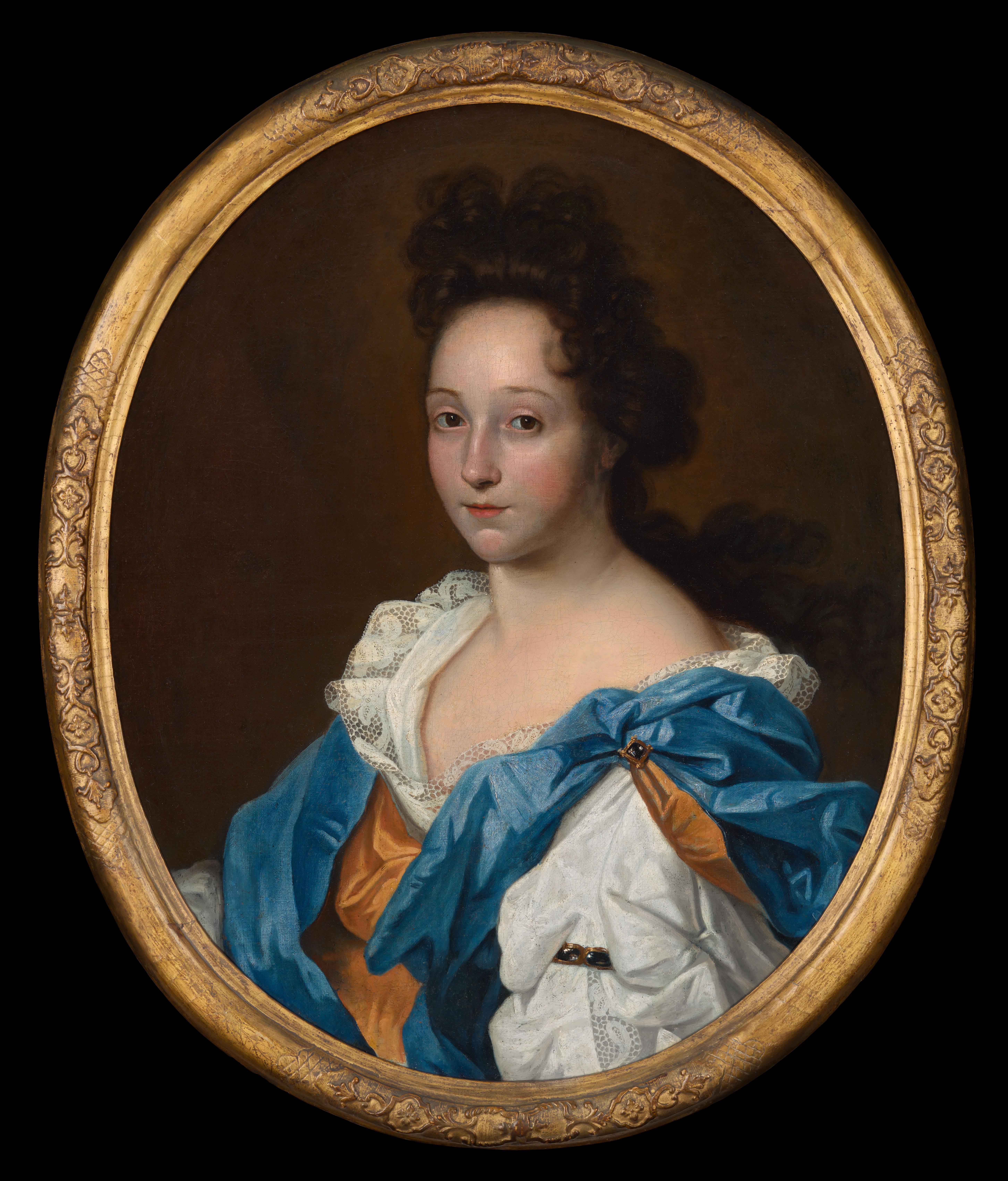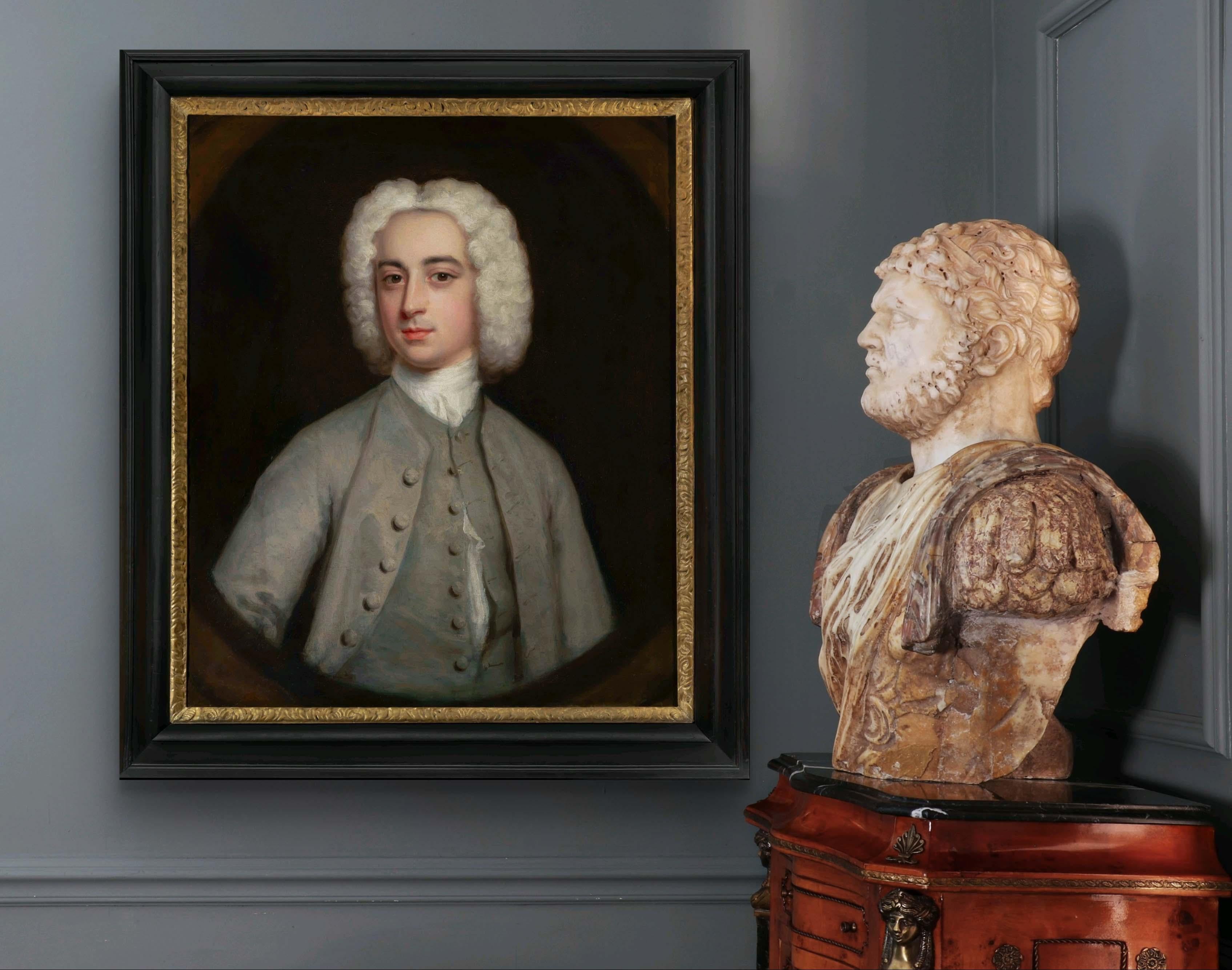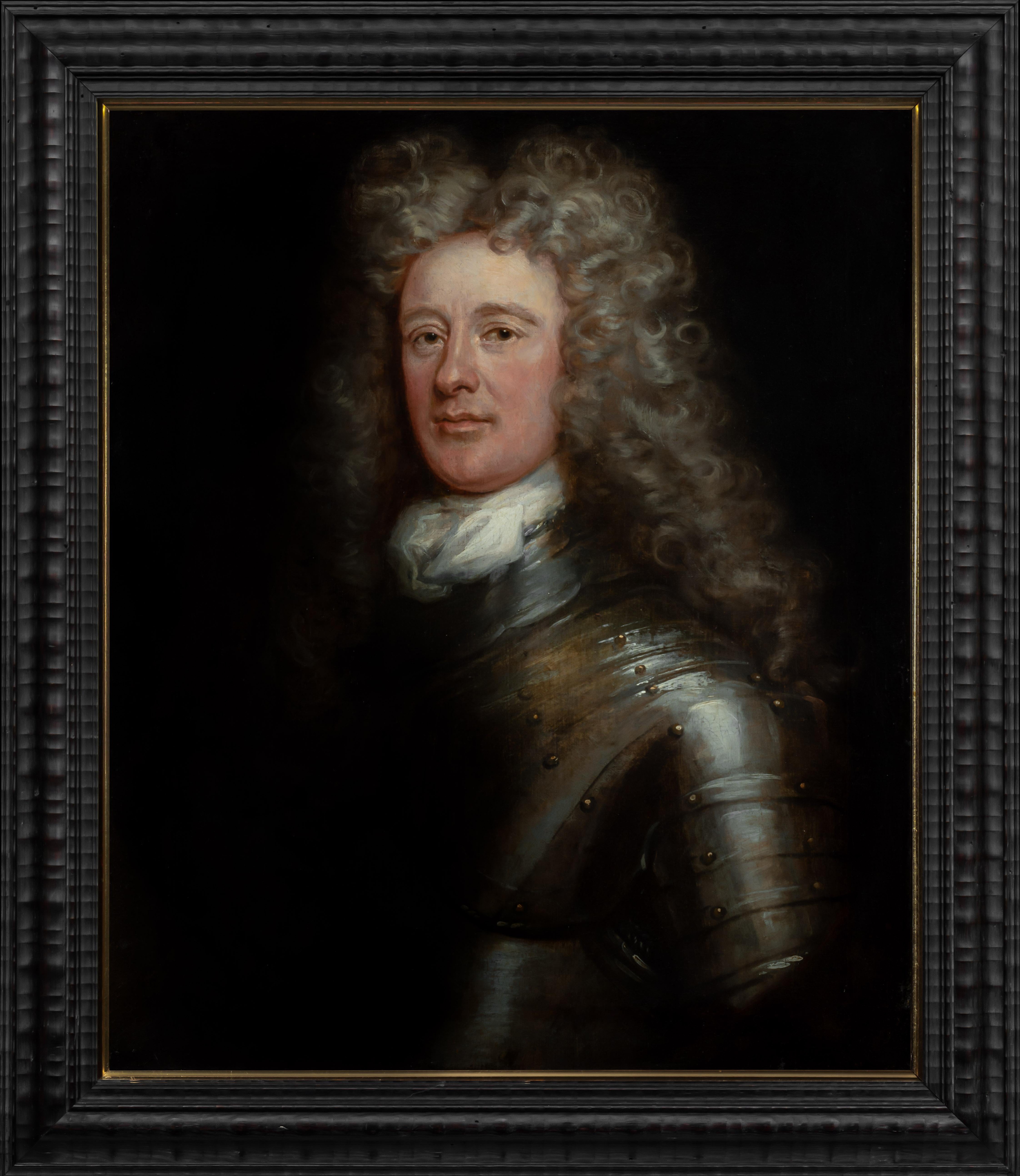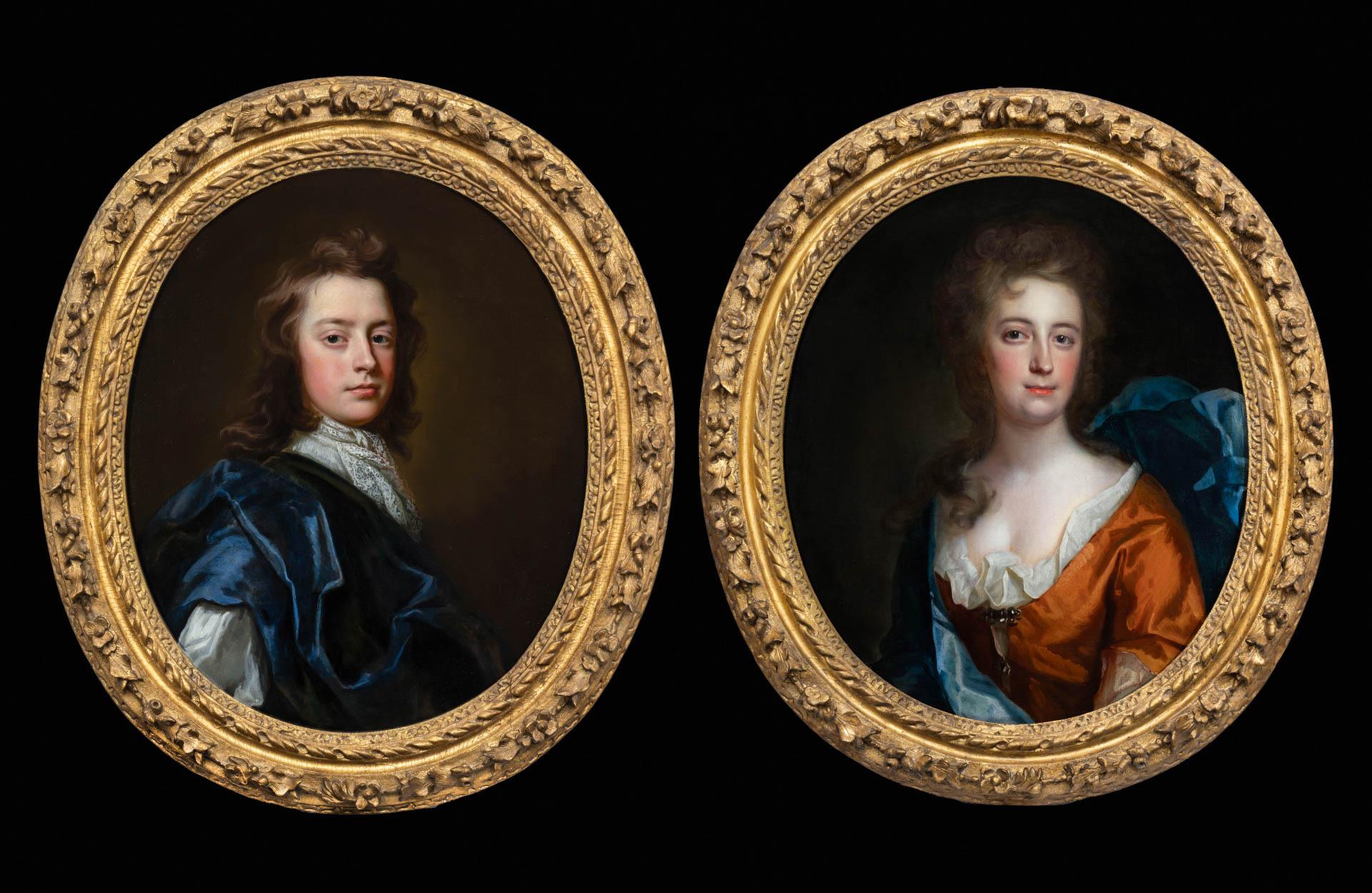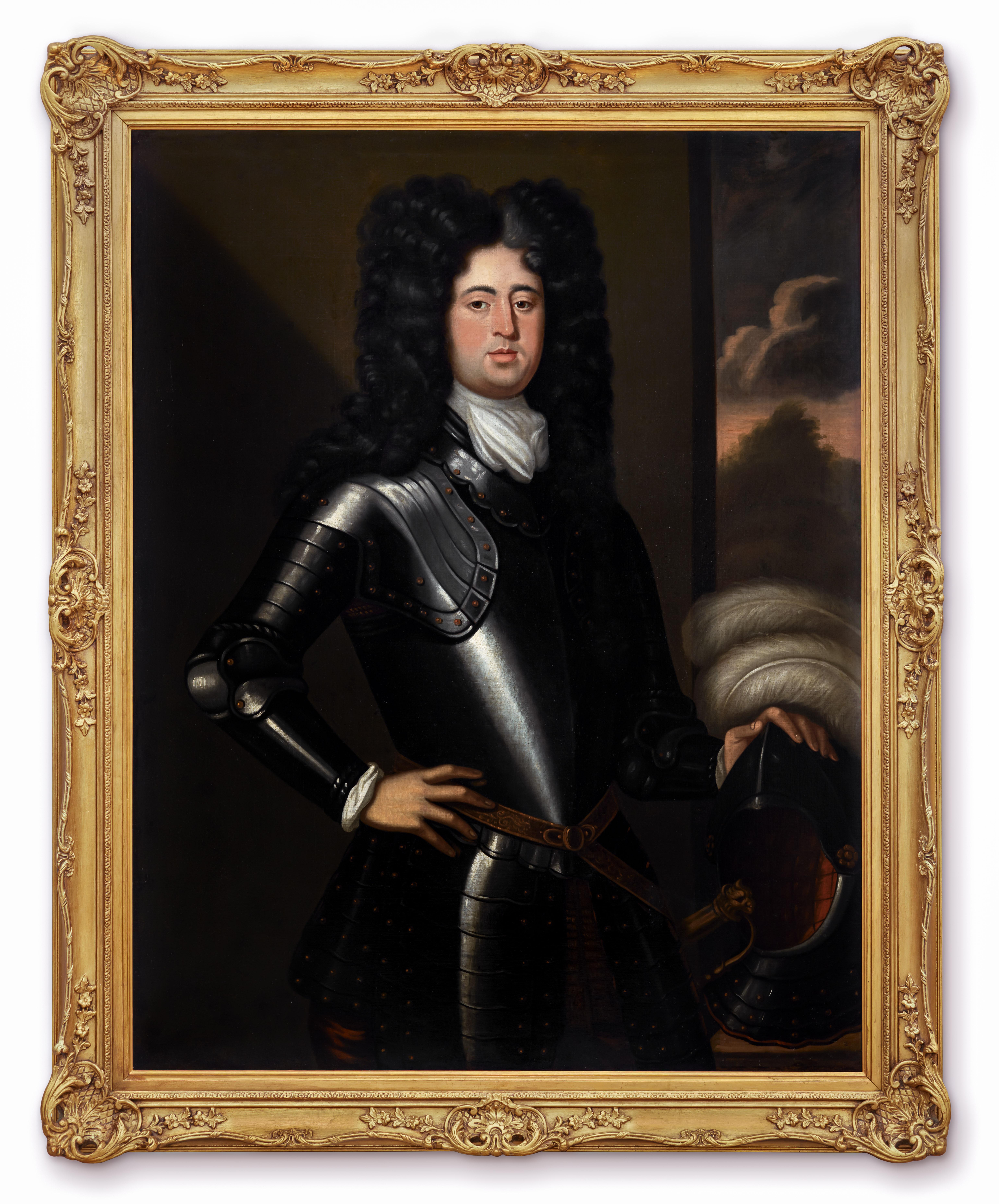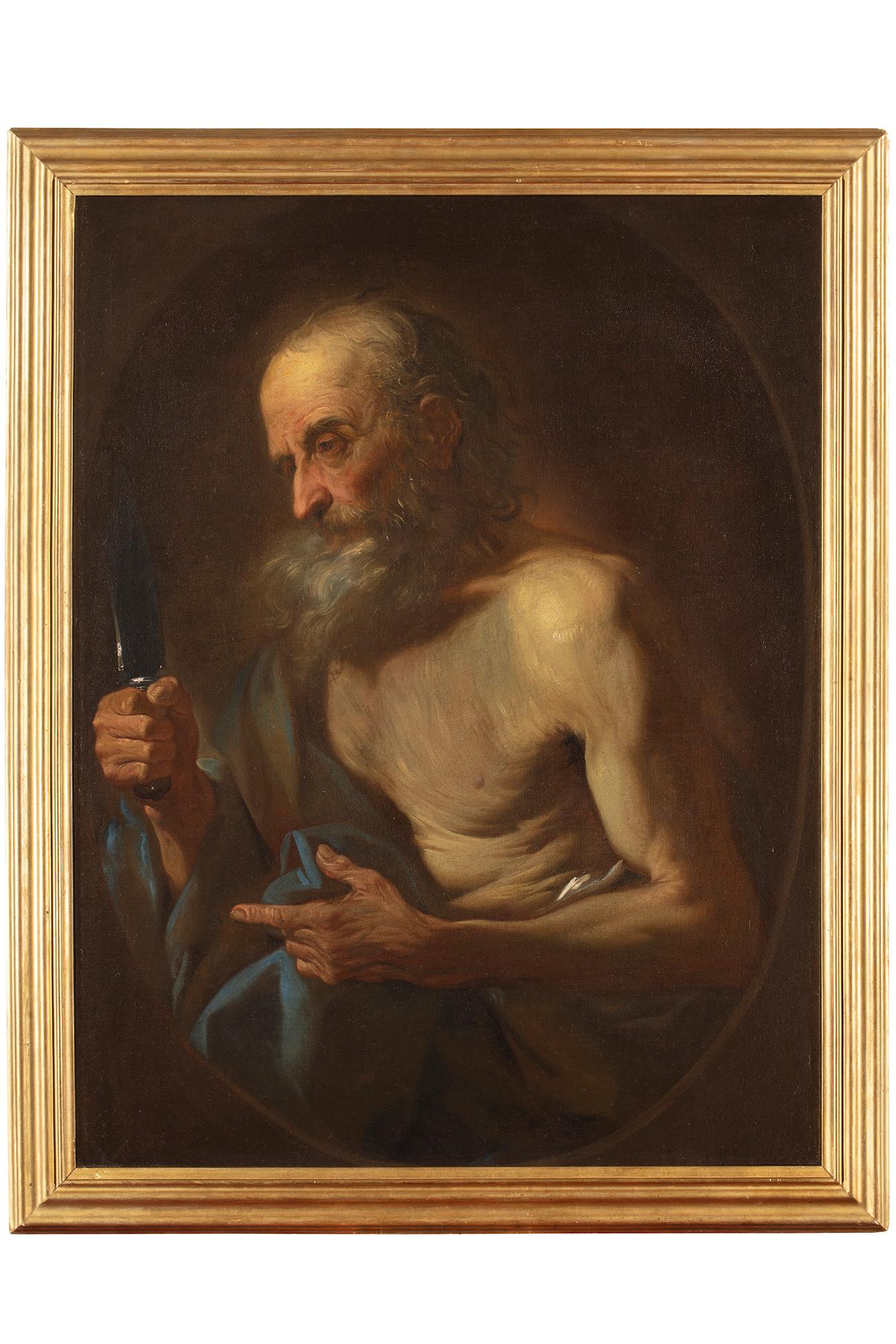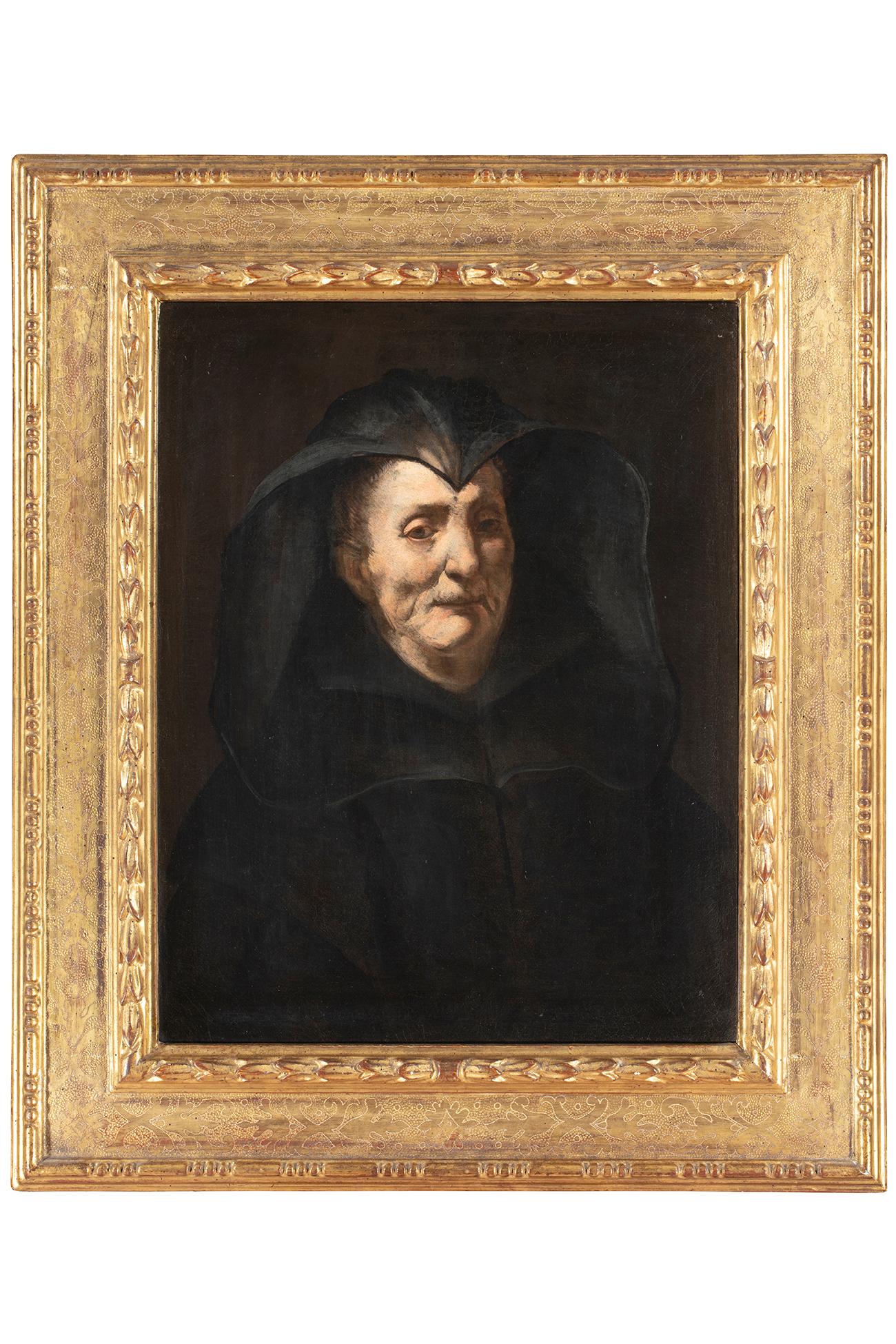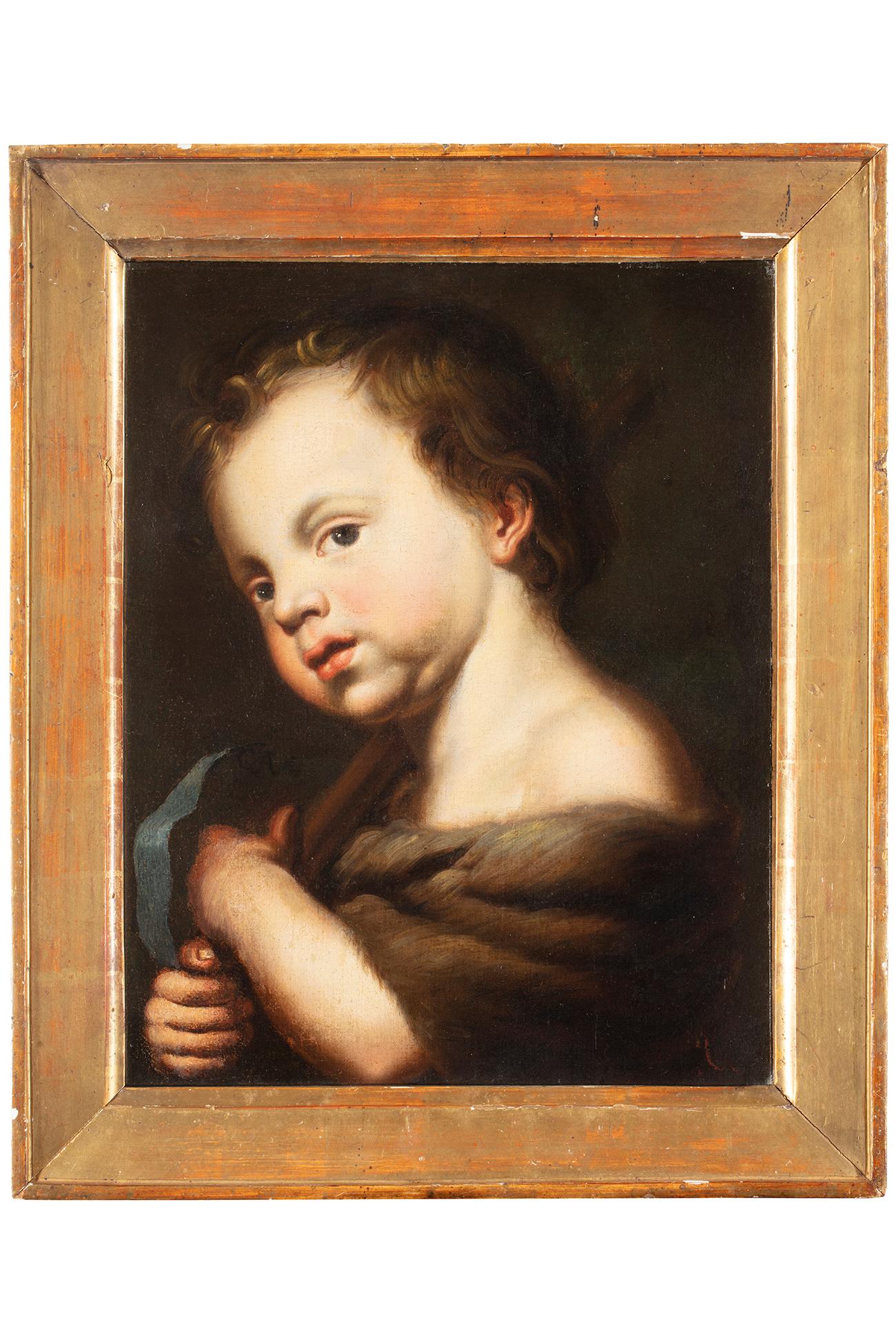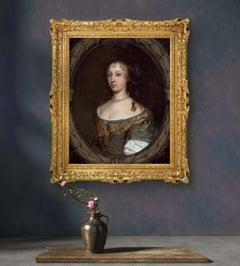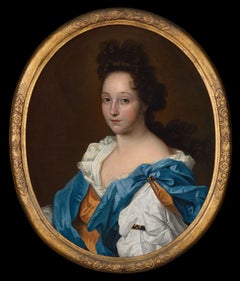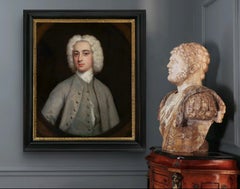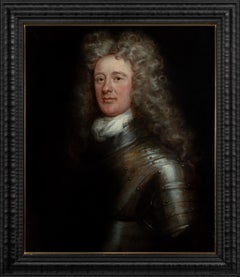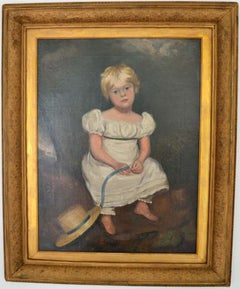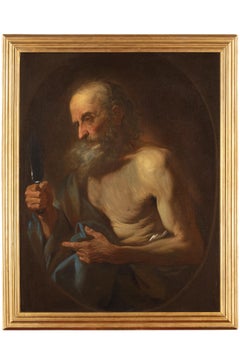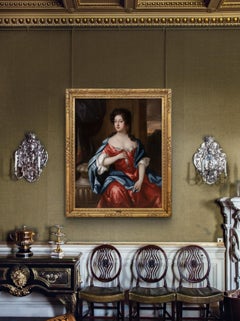
Portrait of Lady Elizabeth Bertie Willoughby, Inscribed 1692, From Wytham Abbey
View Similar Items
Want more images or videos?
Request additional images or videos from the seller
1 of 15
Portrait of Lady Elizabeth Bertie Willoughby, Inscribed 1692, From Wytham Abbey1692
1692
$17,537.20List Price
About the Item
- Attributed to:John Van Der Vaart (Dutch)
- Creation Year:1692
- Dimensions:Height: 57.88 in (147 cm)Width: 47.64 in (121 cm)Depth: 2.76 in (7 cm)
- Medium:
- Movement & Style:
- Period:
- Condition:This painting has passed a strict quality and condition assessment by a professional conservator prior to going on sale. It can be hung and enjoyed immediately.
- Gallery Location:London, GB
- Reference Number:1stDibs: LU1199115866622
About the Seller
5.0
Vetted Professional Seller
Every seller passes strict standards for authenticity and reliability
Established in 1998
1stDibs seller since 2019
44 sales on 1stDibs
Typical response time: 5 hours
Authenticity Guarantee
In the unlikely event there’s an issue with an item’s authenticity, contact us within 1 year for a full refund. DetailsMoney-Back Guarantee
If your item is not as described, is damaged in transit, or does not arrive, contact us within 7 days for a full refund. Details24-Hour Cancellation
You have a 24-hour grace period in which to reconsider your purchase, with no questions asked.Vetted Professional Sellers
Our world-class sellers must adhere to strict standards for service and quality, maintaining the integrity of our listings.Price-Match Guarantee
If you find that a seller listed the same item for a lower price elsewhere, we’ll match it.Trusted Global Delivery
Our best-in-class carrier network provides specialized shipping options worldwide, including custom delivery.More From This Seller
View AllPortrait of a Lady in Green Dress & Pearl Jewellery c.1660 Painting John Wright
By John Michael Wright
Located in London, GB
In this exquisite work, painted around the time of the Great Fire of London in 1666, a beautiful young woman is wearing a green dress over a white chemise and a russet-coloured scarf...
Category
17th Century Old Masters Portrait Paintings
Materials
Canvas, Oil
Portrait of a Lady in White Chemise, Russet & Blue Drapery c.1695, Oil Painting
By Harman Verelst
Located in London, GB
This lavish portrait, painted circa 1695, is an exquisite example of the type of portrait in vogue during the last quarter of the seventeenth century. It is evident that the artist ...
Category
17th Century Old Masters Portrait Paintings
Materials
Canvas, Oil
Portrait of a Gentleman in Grey Coat & White Cravat, Oil on canvas Painting
Located in London, GB
This exquisite work, presented by Titan Fine Art, is by the notable artist Hans Hysing, who was a noteworthy painter in England; it is significant in its q...
Category
18th Century Old Masters Portrait Paintings
Materials
Canvas, Oil
Portrait of a Gentleman, David Erskine, 13th Laird of Dun, Wearing Armour c.1700
Located in London, GB
The gentleman in this exquisite oil on canvas portrait, presented by Titan Fine Art, is shown with the grandiloquence characteristic of the English School of painting. He is portray...
Category
17th Century Old Masters Portrait Paintings
Materials
Oil, Canvas
Portrait of Gentleman Blue & Cloak, Portrait of Lady, Fine Carved Gilded frames
Located in London, GB
Portrait of a Gentleman with Blue Cloak and Portrait of a Lady in Russet Dress c.1697
Thomas Murray (1663-1735)
These fascinating portraits are exquisite examples of portraiture in ...
Category
17th Century Old Masters Portrait Paintings
Materials
Oil, Canvas
Portrait of Gentleman in Armour by Table & Helmut c.1685 Aristocratic Provenance
By Johann Kerseboom
Located in London, GB
Portrait of a Gentleman in Armour beside a Table with Helmut c.1685
Follower or circle of Johann Kerseboom (d.1708)
This exquisite Grand Manner work, presented by Titan Fine Art, wa...
Category
17th Century Old Masters Portrait Paintings
Materials
Canvas, Oil
You May Also Like
Young Girl after Sir Thomas Lawrence, Regency portrait painting
Located in Brecon, Powys
Charming work in the Regency style, mid 19th Century after Sir Thomas Lawrence. High quality painting. Old Christie's Stencil to verso. Would grace any home, suitable for contempor...
Category
Mid-19th Century Old Masters Portrait Paintings
Materials
Canvas, Oil
17th Century by Giovanni Battista Beinaschi Saint Bartholomew Oil on Canvas
By Giovanni Battista Beinaschi
Located in Milano, Lombardia
Giovanni Battista Beinaschi (Fossano, Italy, 1636 - Naples, Italy, 1688)
Title: Saint Bartholomew
Medium: Oil on canvas
Dimensions: without frame 9...
Category
Mid-17th Century Old Masters Portrait Paintings
Materials
Oil, Canvas
SPRING PORTRAIT- French School Impressionist - Italian Oil on Canvas Painting
By Jean Philipe Moreno
Located in Napoli, IT
SPRING PORTRAIT - Oil on canvas cm.30x24 by Jean Philipe Moreno, Italy 2002.
Frame available on request from our workshop.
Moreno’s portrait depicts a young Parisian woman, her face ...
Category
2010s Old Masters Portrait Paintings
Materials
Canvas, Oil
Italian Greyhound and Friends - Italian 17thC Old Master dog art oil painting
By Francesco Fieravino
Located in London, GB
This stunning Old Master 17th century oil portrait painting is attributed to Francesco Fieravino, an artist famous in his day for still lifes and carpets. This painting which dates t...
Category
17th Century Old Masters Animal Paintings
Materials
Canvas, Oil
$56,335 Sale Price
20% Off
17th Century by Giuseppe Assereto Portrait of an Elderly Woman Oil on Canvas
By Giuseppe Assereto
Located in Milano, Lombardia
Giuseppe Assereto (Genova - 1626 ca – Genova 1656/57)
Title: Portrait of an elderly woman, possible portrait of Maddalena Massone, wife of Gioacchino Assereto
Medium: Oil on canvas
D...
Category
Early 17th Century Old Masters Portrait Paintings
Materials
Canvas, Oil
17th Century by Pedro Nunez Portrait of a Child Oil on Canvas
Located in Milano, Lombardia
Pedro Nuñez de Villavicendio (Seville, Spain, 1644 - 1700)
Title: Portrait of a child
Medium: Oil on canvas
Dimensions: without frame 41.5 x 33.5 cm - with frame 52 x 43.5 cm
19th century shaped and gilded wooden frame
Expertise by Didier Bodart, art historian
A Seville painter of noble origins, Pedro Nuñez de Villavicendio (1644-1700), the author of this pretty child portrait, was a Knight of the Order of St John of Jerusalem. He was a pupil of Murillo and, as a Knight of the Order of Malta, worked with Mattia Preti...
Category
Late 17th Century Old Masters Portrait Paintings
Materials
Canvas, Cotton Canvas, Oil
Recently Viewed
View AllMore Ways To Browse
Old Antique Stained Glass Windows
Blue John Marble
16th Century Tudor
Blue Dior Scarf
Antique Stained Glass Jewels
Tudor Stained Glass
Diamond Virgin Mary
Tudor Glass Window
St George Pendant
Antique Virgin Mary Pendant
Antique Olive Oil Urn
Tudor Bookcase
Oliver Samsinger
Sara Scribner
Used Satellite Dish
Vintage Condoms
William Sewell
Allan Ramsay
